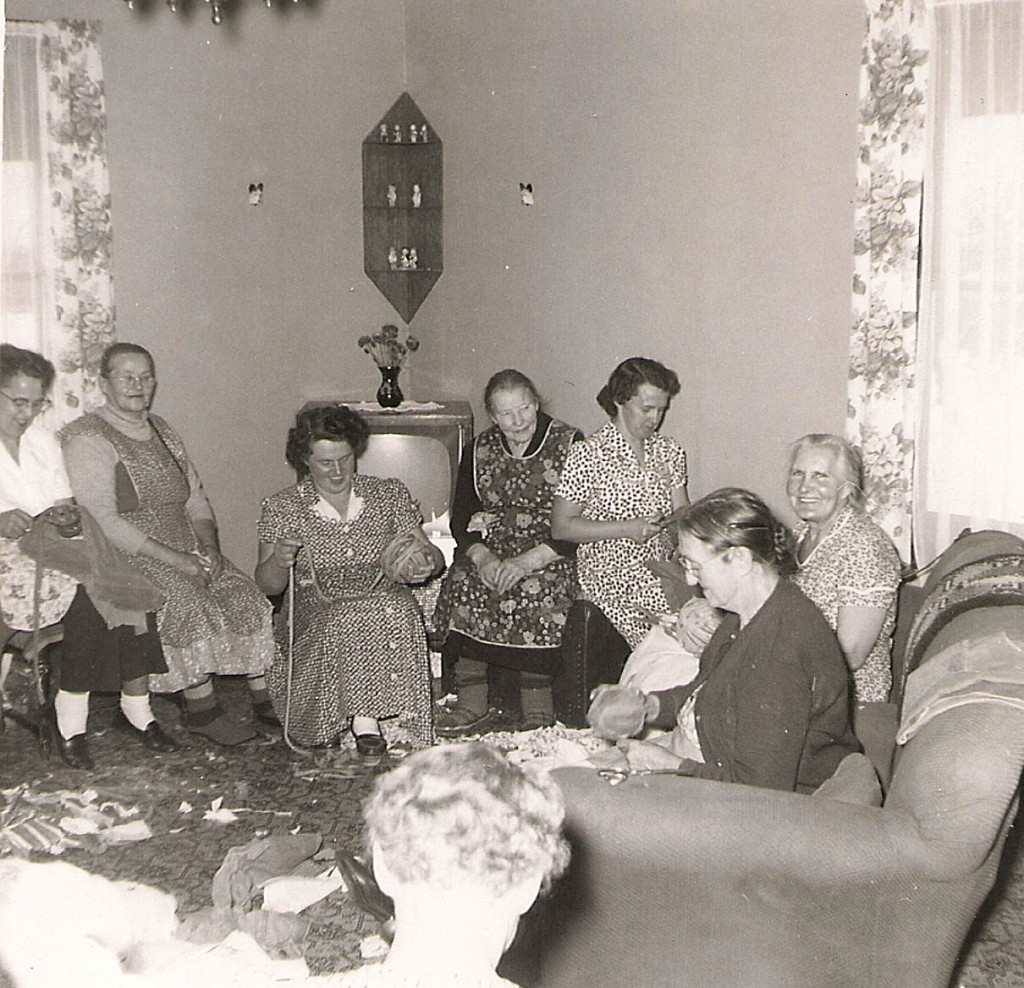Yesterday I posted More Rocks than Potatoes on Cowbird. It’s about my dad’s classic story of learning the value of hard work and persistence on the farm by picking more rocks out of the soil than potatoes. It was difficult to write. I struggled to make sense of my feelings about it when I learned that they didn’t just clear the field of rocks once to plant the potatoes, they did it every year. Picking rocks once sounded hard, but picking rocks every year, knowing that new ones would pop up the next spring, seemed like too much. My dad understood this rock picking to be a good lesson in life about the necessity of hard work, but I wasn’t so sure. Maybe, I wondered, the better lesson would be to give up on planting potatoes altogether. I’m big into the mantra: work smarter, not harder. But then I put their activity in the context of the Finnish concept of “sisu” and it started to make a bit more sense.
According to many sources that I’ve found, sisu doesn’t translate into English easily. Most frequently, it’s understood to mean guts, inner strength, hardiness, persistence, resilience. It also means a willingness to push beyond one’s physical and mental limits, to act even in the face of insurmountable odds. For some, sisu describes the spirit of the Finns who, having fought so many wars against Russia and lost (almost?) every single one, continued to fight anyway. Maybe the picking of rocks in a field, year after year, knowing that you’ll never get all of them and that new ones will pop up again, is an example of Sisu? I’m still not sure, but it has made me curious enough to want to do a little more researching and thinking about sisu and how it does and doesn’t fit into the sprite of the Puotinen farm and its inhabitants.
Here are a few sources that I’ve found so far:
